Residual Landscape
Salman B Baba
Residual LAndscape
Developed in Twine
Click on the image to explore the stories
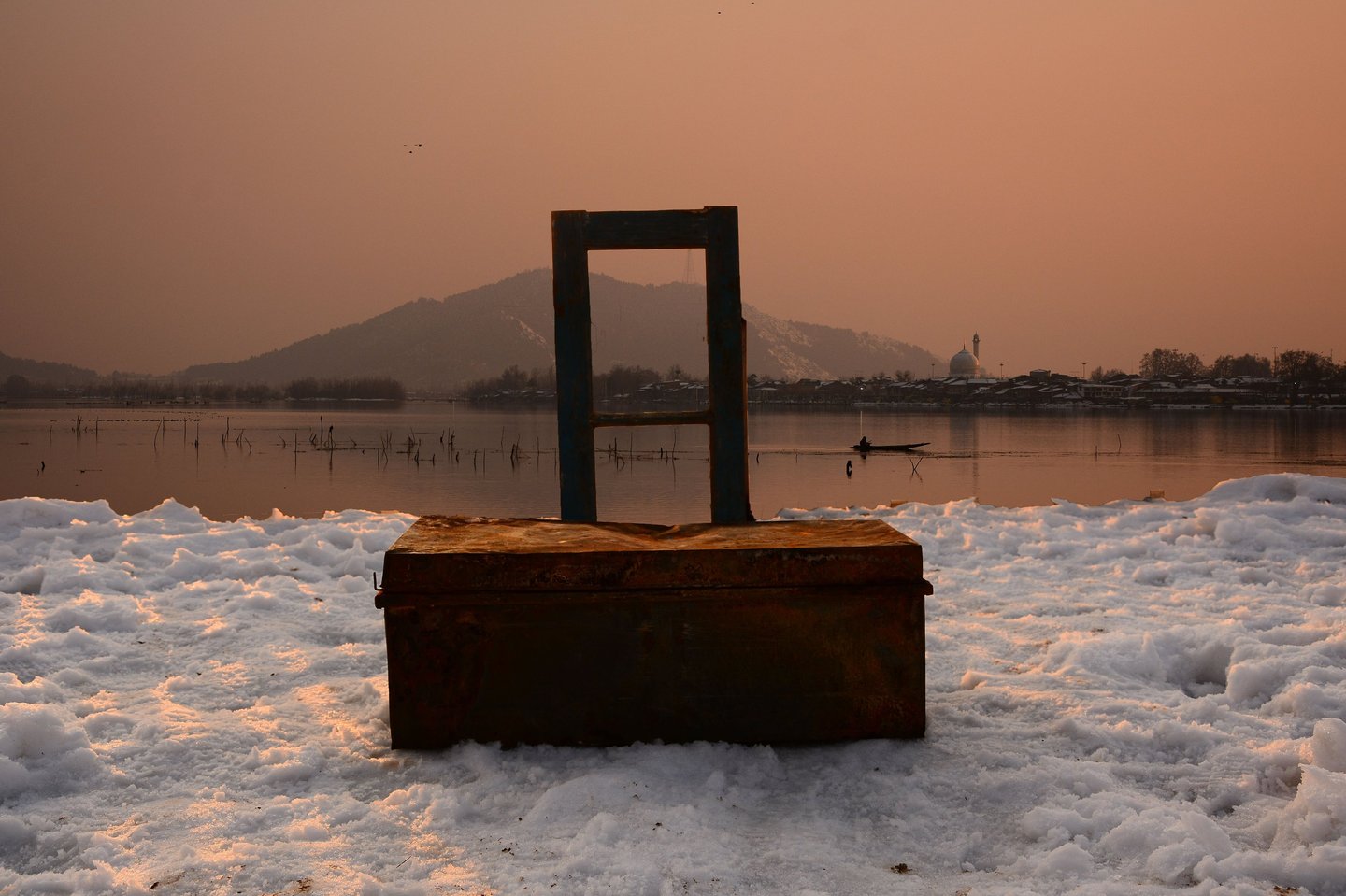

The knot against a barren door opens up. Is it an image of despair and anguish, a raptured depth or the narratives that become hard to exchange? Do interpretations of uncertainty and fear and their incorporation into and alongside personal narratives become stories of resilience? Are vulnerabilities and resilience intrinsically linked?
This work uses narrative responses to the ‘domicide’ in Kashmir as a starting point for an understanding of the personal and collective to conceptualize processes that intersect peoples’ lives in different ways. The turn to narratives encompasses the flux. The flux that exists between the individuals and the collective, between the personal and the political, the intimate and the public, between those who are on the fringe of a crisis and at its centre simultaneously to envision an open-ended future. Instead of examining the site only to recover traumatic events and interpret the existing discourses, this work marks a distinction in purpose. The work does not aim to generate memorials but generates an engagement in the processes of negotiation and reflection that also marks a practice in time. This practice makes available a distinct language - a textual, visual and material form – through which sensitive and vulnerable experiences could be discussed, assessed and critiqued. The language thus provides multiple perspectives of knowledge production and platforms for interaction between not only the forms that are implied but also the forms that are absent.
A sense of exposure to risks in political armed conflict renders people powerless. By creating a language that emphasize on empathy, association, conversations, exchanges, flux, this work provides insight into the nature of vulnerabilities. Vulnerability does not encompass framing of particular subject such as a group, a person, an individual or a family but associates and further identifies larger population. These narratives are celebratory and contested, acknowledging and unpleasant, alienating and coinciding, while the ghoulish impulse cuts closer to the specific vulnerability being interpreted. The recognition of vulnerability rather than trauma cannot be easily distanced and foregrounding resilience over adversity finally brings the process into the medium of exhibition itself to provoke questions, to initiate critical conversations and reveal the uncomfortable and unpleasant histories through personal, political and collective narratives.
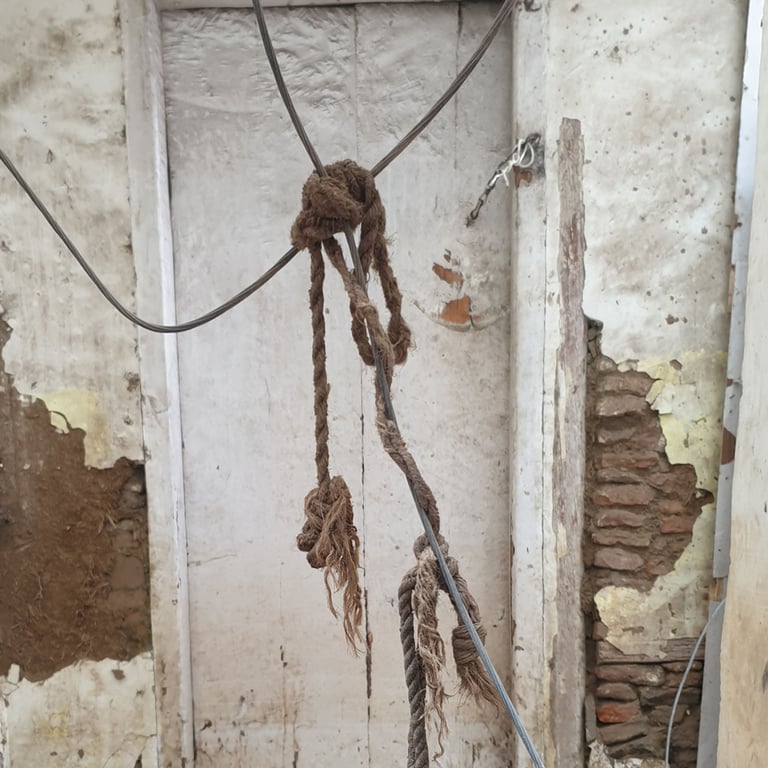

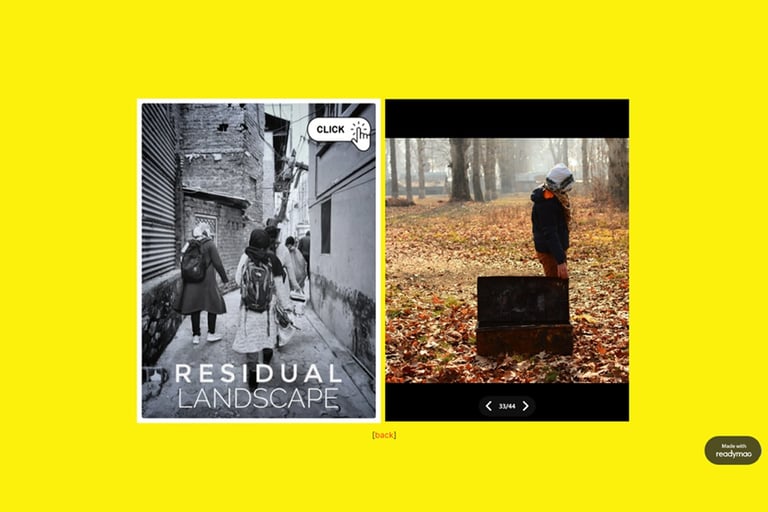

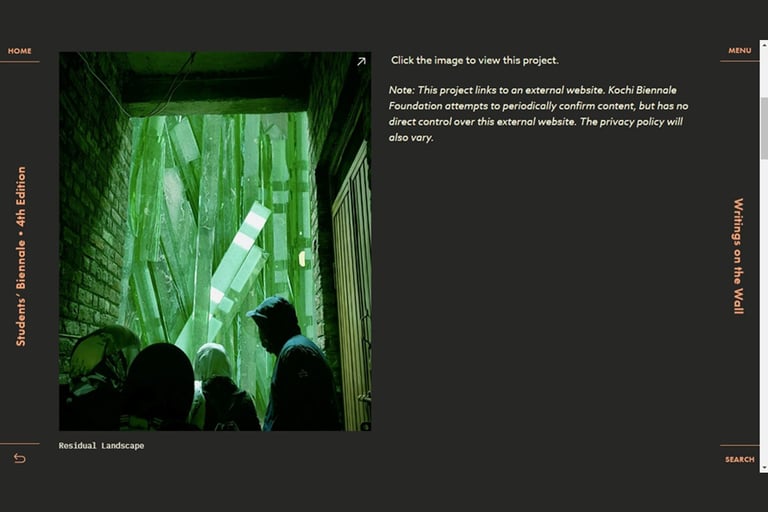

WRONG Biennale page
Kochi Muziris Students Biennale page
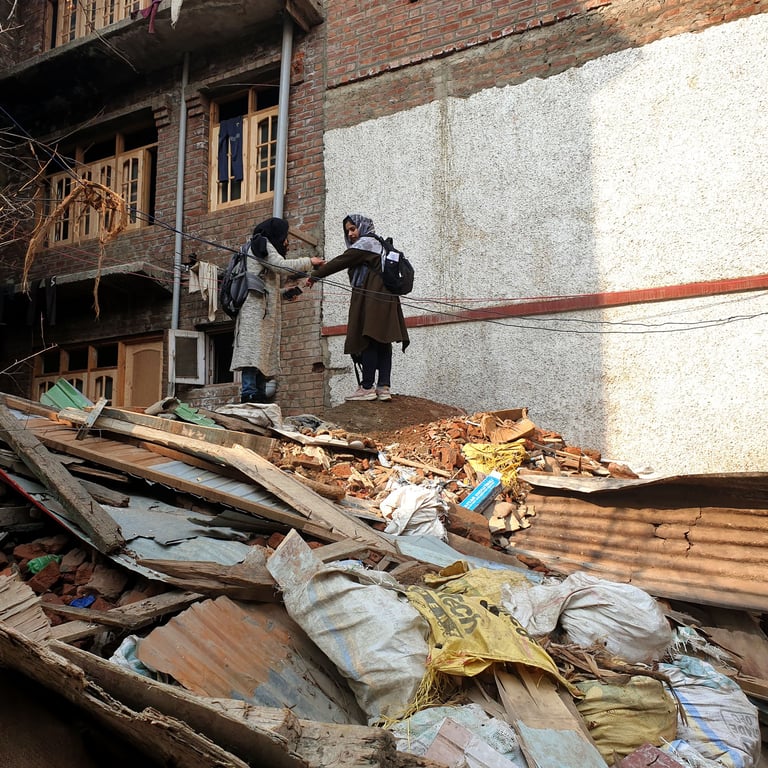
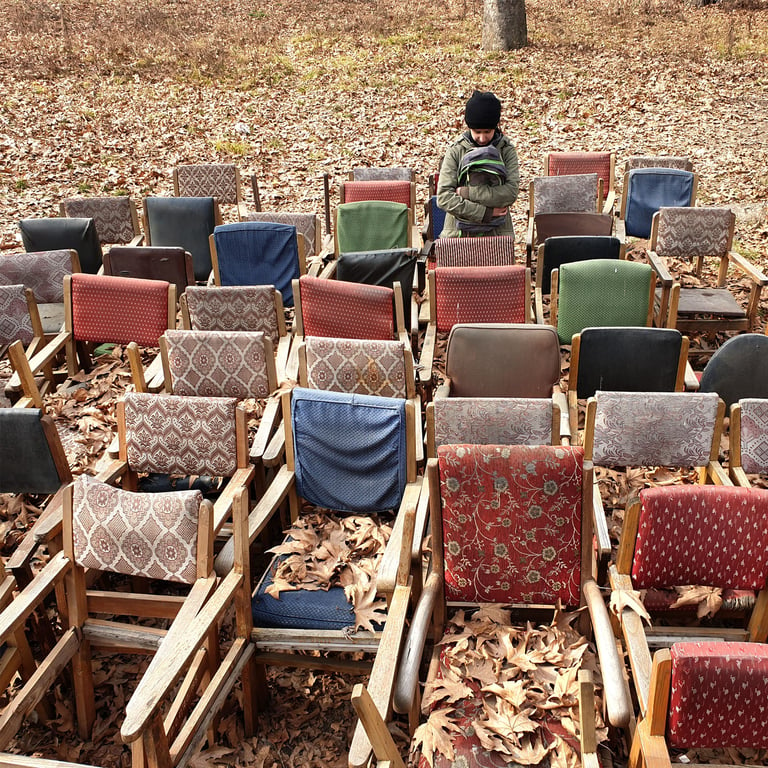
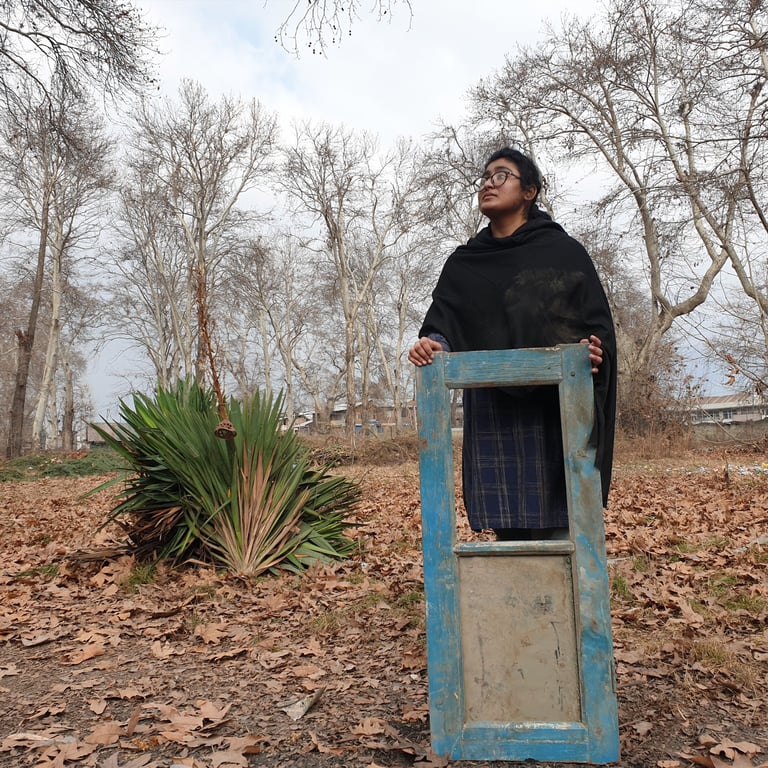
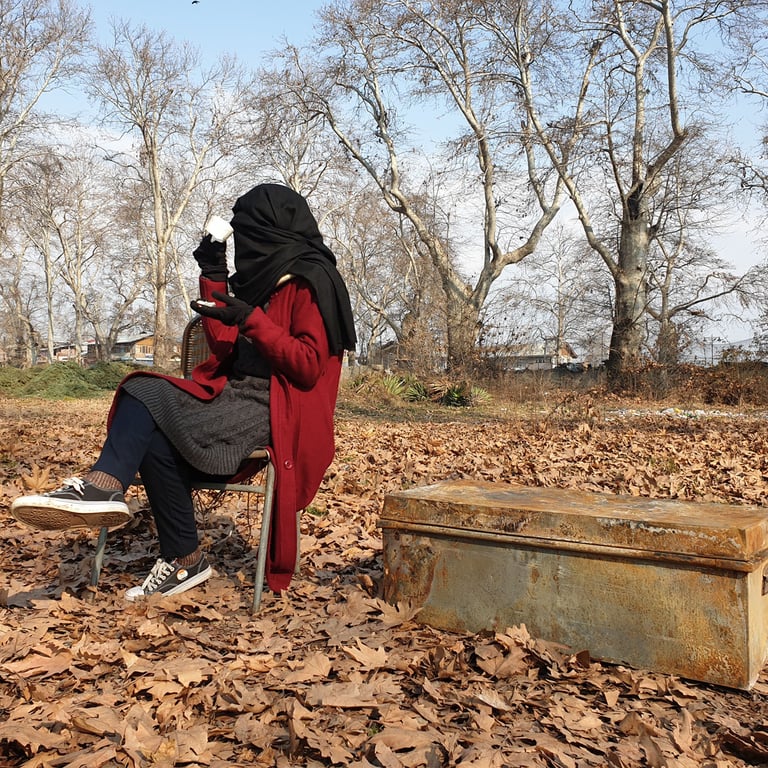
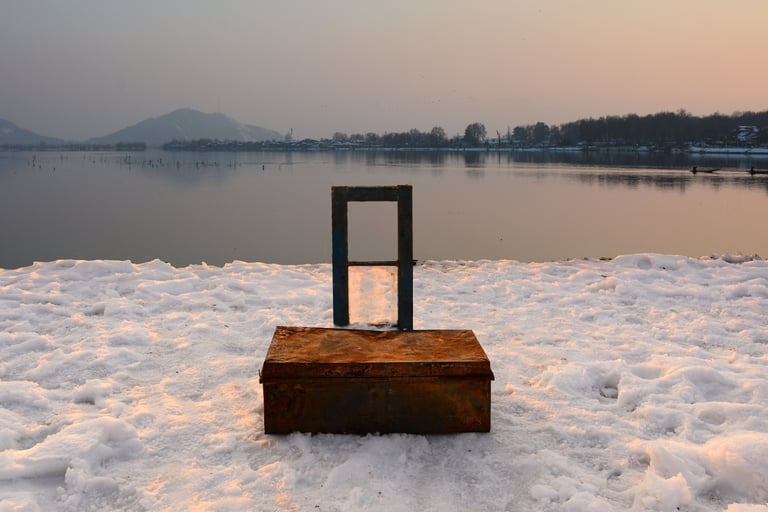

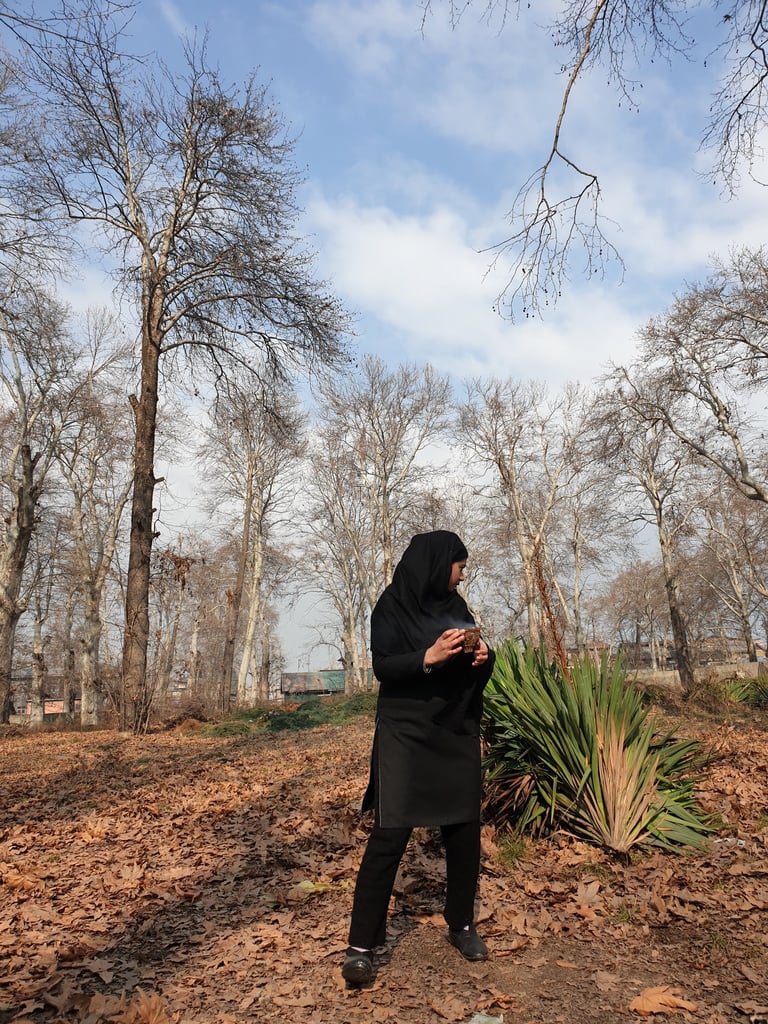
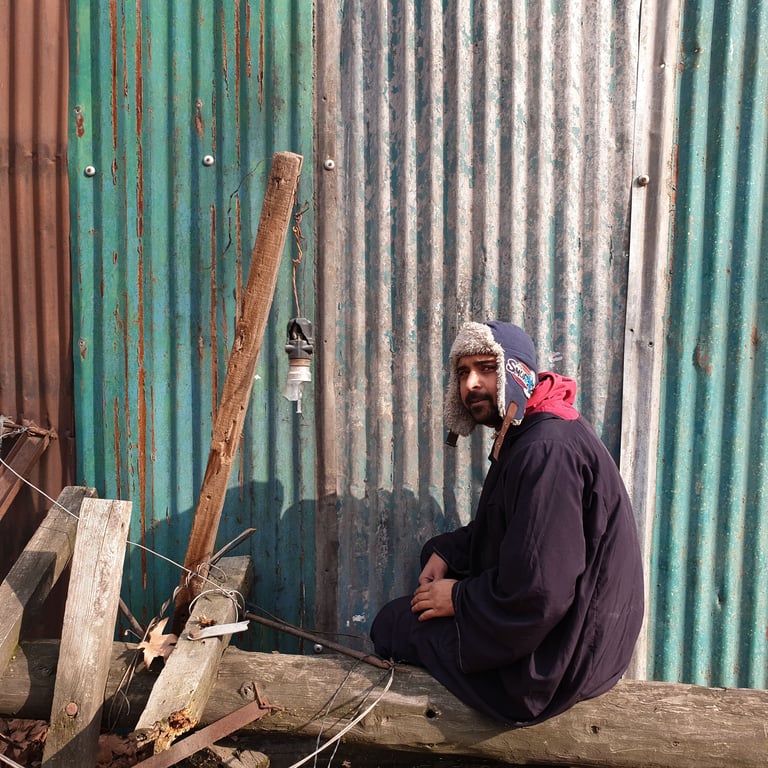
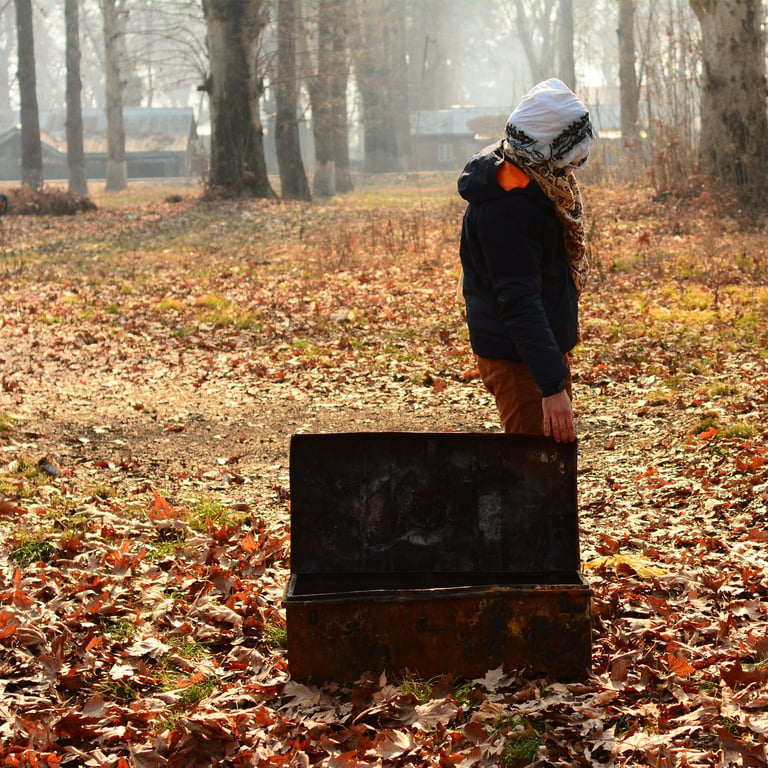
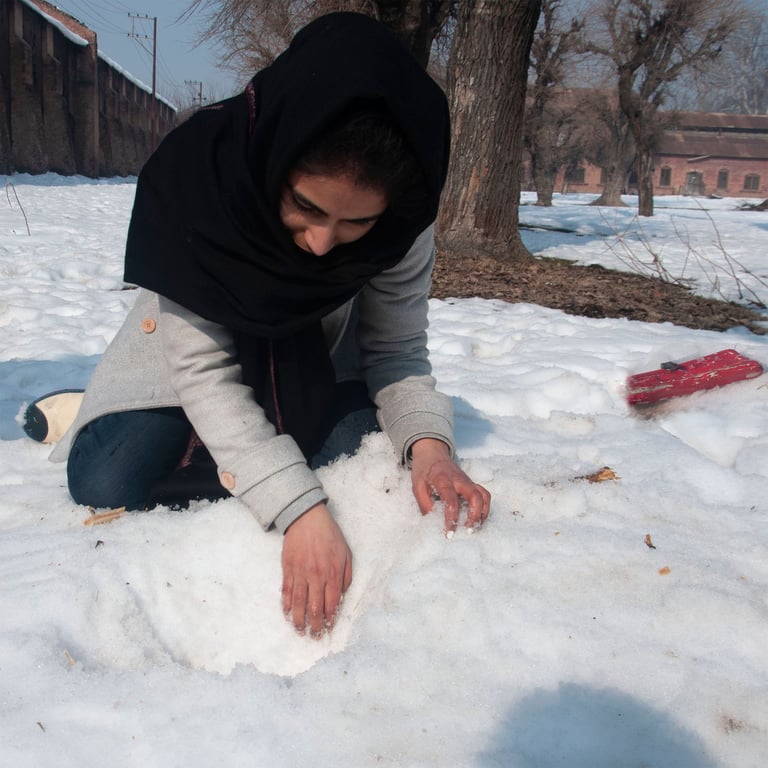
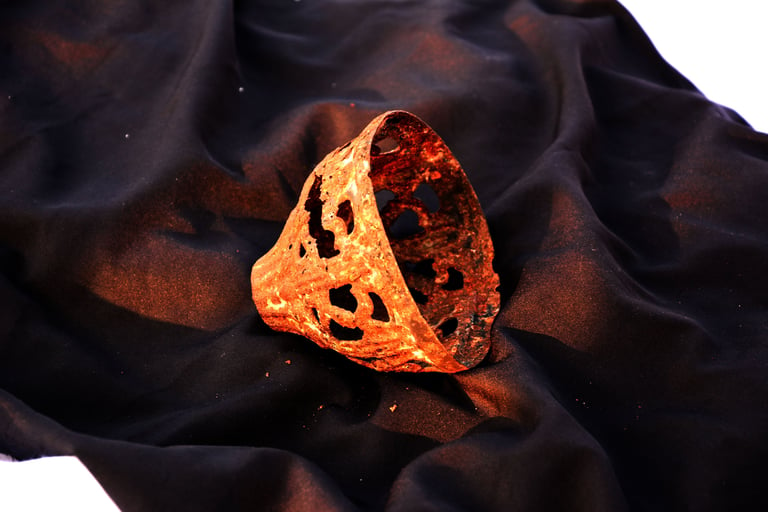
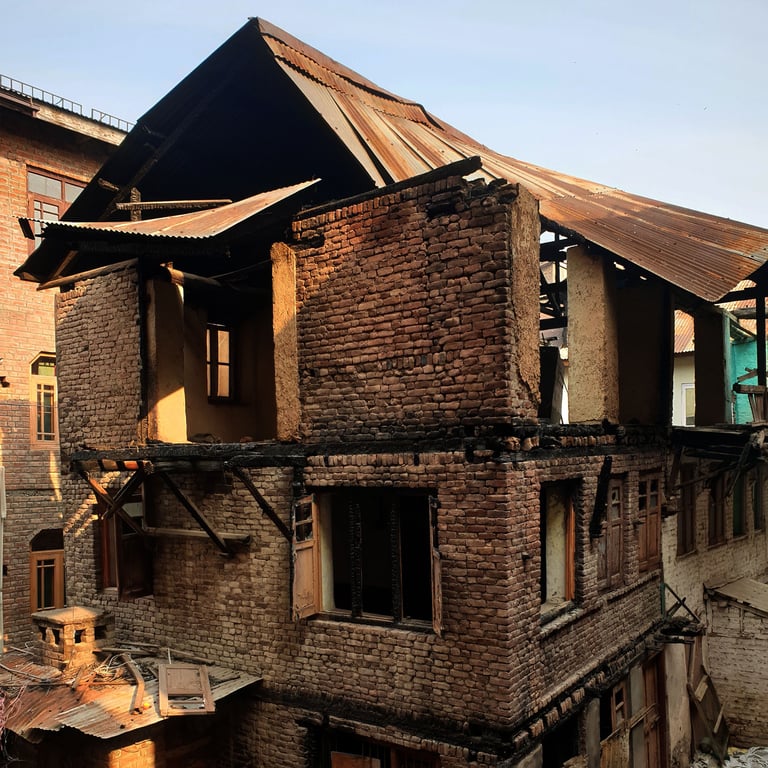
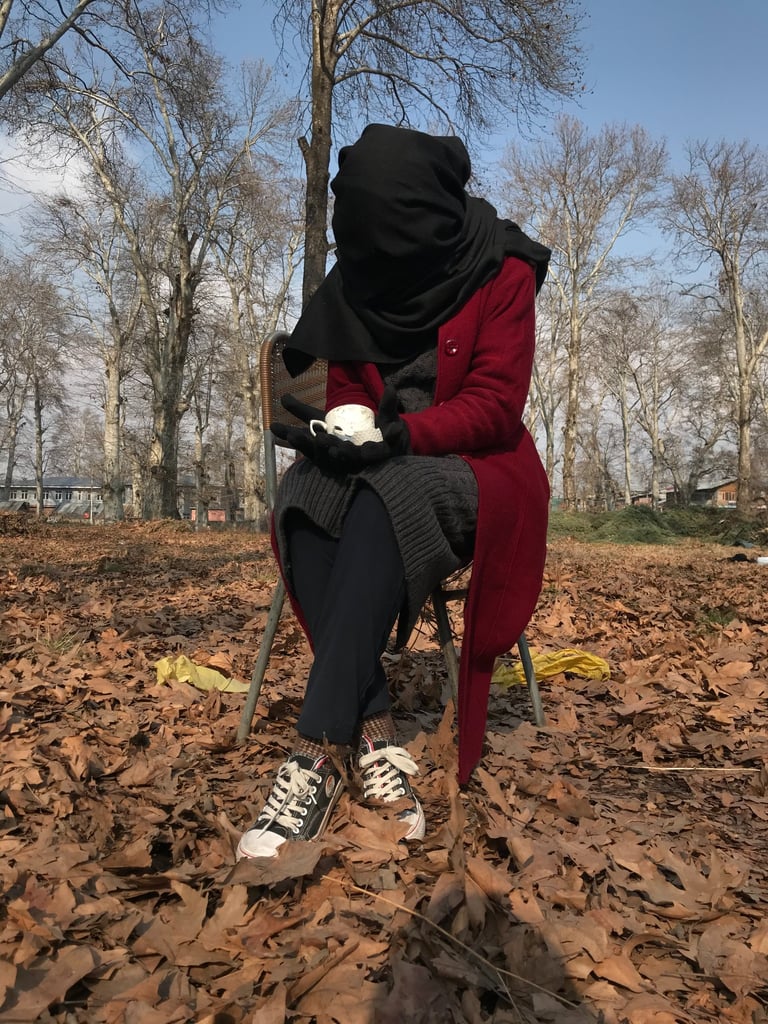
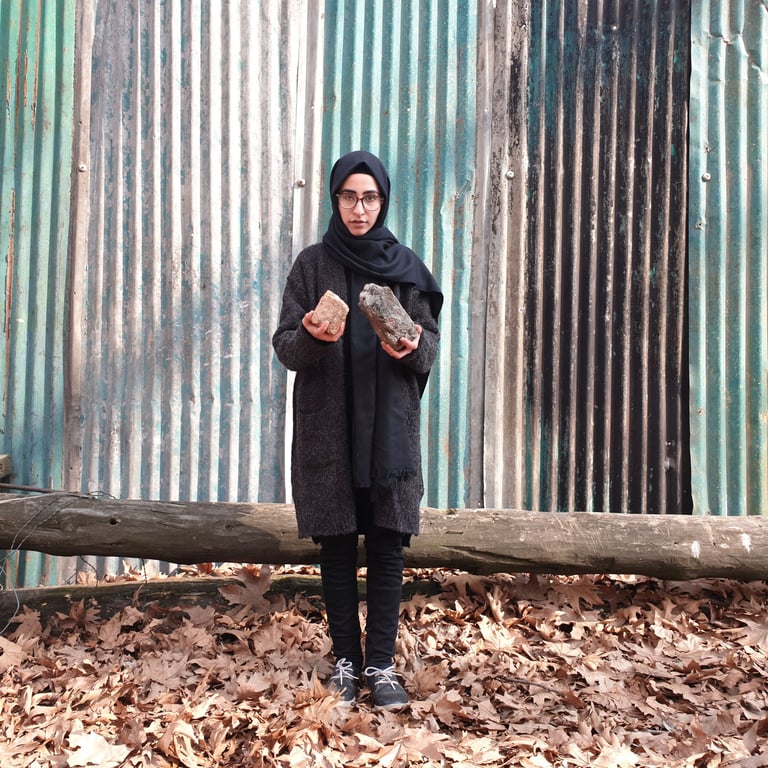
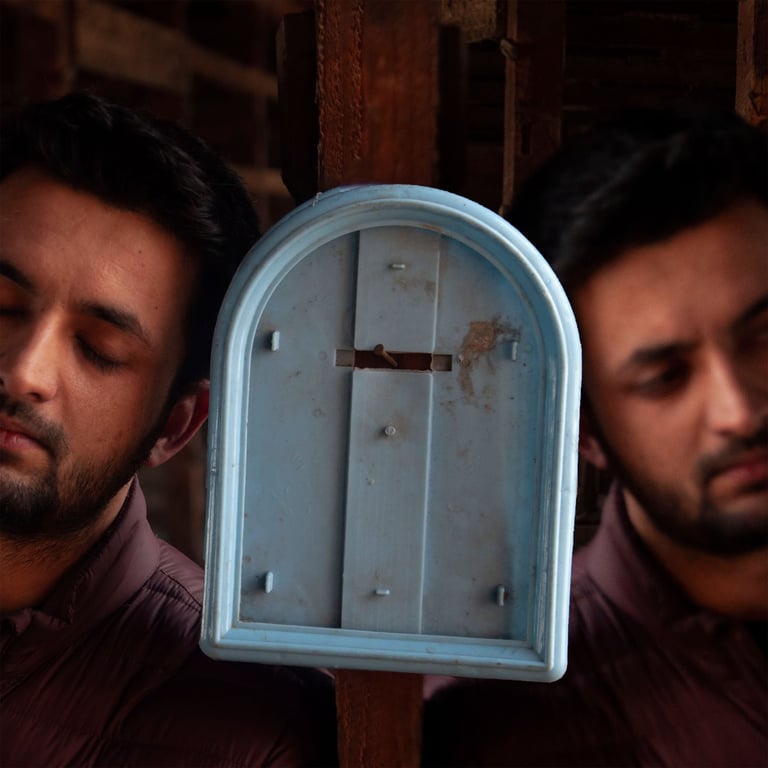
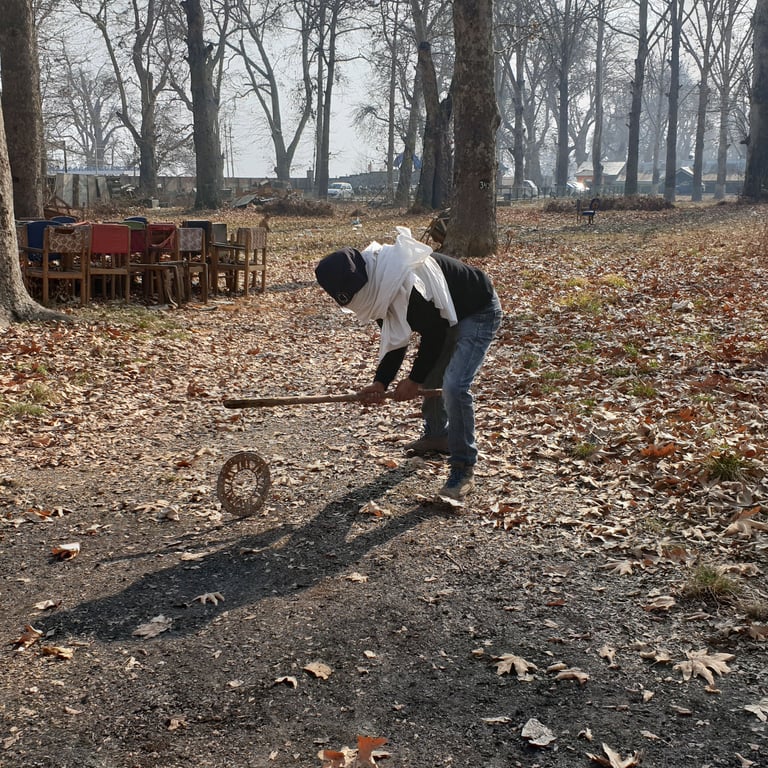
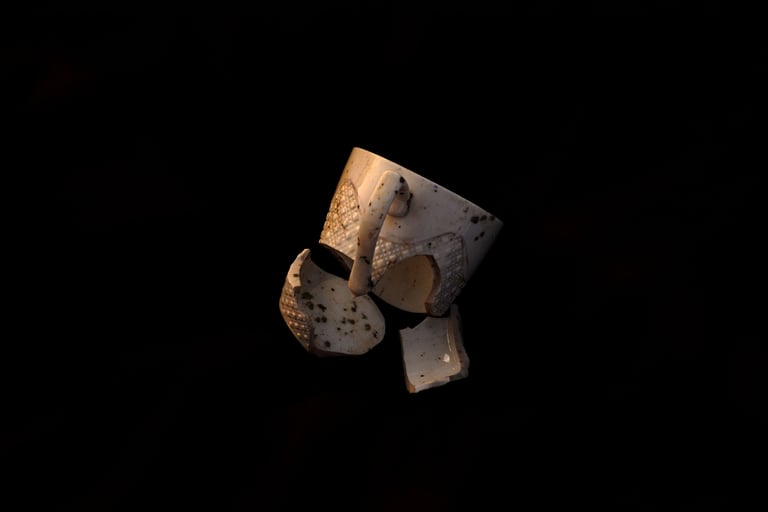
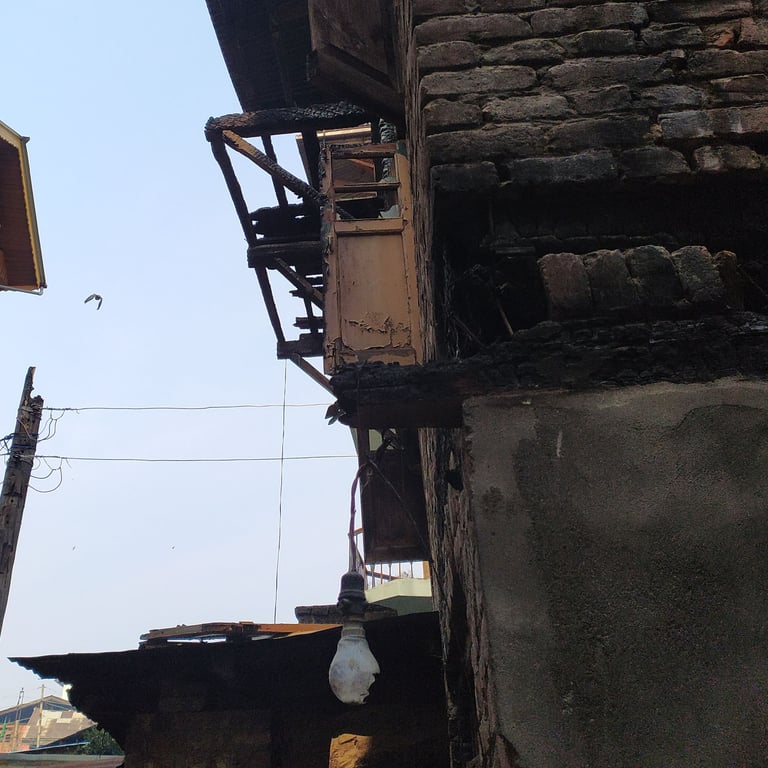


















Artists: Artists who were part of its first iteration which was supported by Kochi Muziris Biennale, 2020 and showcased in States of Disarray: Practice as Restitution (4th edition of Kochi Students Biennale).
Ifra Jan Shah, Iqra Nisar, Mohammad Umar Bhat, Nasir Ahmad, Nazia Kounsar Shah, Salman Bashir Baba, Snober Jeelani Shah, Syed Simrah Azad, Tabish Nissar Malik, Tayib Hazoor Mughal, Yatish Agarwal
Showkat Kathjoo, Gowhar , Zeeshan Nabi, Shaina Anand (Camp Studio), Faculty at Institute of Music and Fine Arts, Kashmir University, Kochi Muziris Biennale
Artists who were part of its second iteration for WRONG Biennale, an online exhibition Mohammad Umar Bhat, Nasir Ahmad, Nazia Kounsar Shah, Salman Bashir Baba, Showkat Kathjoo, Snober Jeelani Shah and Tayib Hazoor Mughal for creating videos.

